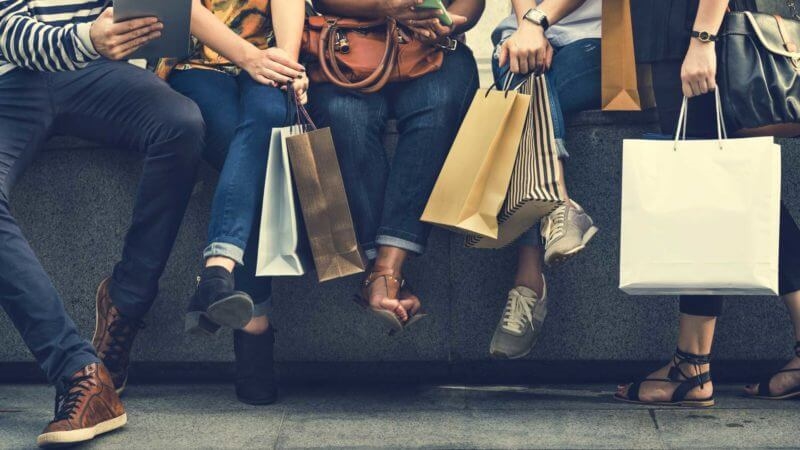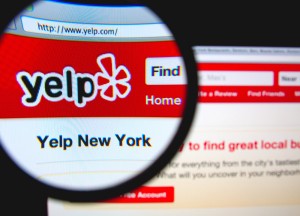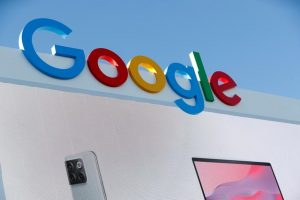Contributor Rohit Gupta outlines three steps retailers must take to evolve for the changing expectations of a new generation coming of age.

By now, it’s no secret that Gen Zs (born between the mid-1990s and the mid-2000s) value individuality, innovation and creativity above all else — especially when it comes to their purchasing habits.
Despite their short attention spans, Gen Zs are efficient thinkers who have higher expectations when it comes to their shopping experience compared to older generations. In order to keep pace, retailers need to align their marketing strategies accordingly.
Again and again, we’re witnessing some of the biggest industry giants of (April 14, 2018) crumble under rapidly changing customer habits and expectations.
It’s become a vicious cycle of disruption, then a period of content followed by dethronement. Just this past month, one of the largest book retailers — and one-time disruptor of the bookstore industry — announced that they are cutting staff in reaction to declining sales as Amazon and Walmart continue to eat up market share.
Luckily for retailers, the recent rise of martech has made it much easier to implement cutting-edge technology solutions that will help retailers stay on top of trends and customize the shopping experience from start to finish.
Here are three ways retailers can deploy martech solutions and concepts that will help you outpace competitive disruption and capture the flighty attention of Gen Zs:
Step 1: Get personal and get social
Retailers that give their customers the ability to tailor and customize their products have already caught on to the seemingly intuitive notion that a product does well if it appeals to the personal tastes of an individual consumer.
For Gen Zs, the items they buy need to tell a story and fit into their lifestyle. According to a recent survey cited by KPMG, 77 percent of consumers expect a selection of products and offers that appeal to their personal tastes. Gen Z and millennial consumers also prefer brands that articulate this personalized touch in their products, and the brands that do so typically gain loyalty from their customers.
Take, for instance, Dresden, an eyewear retailer that lets their customers create their own pair of sunglasses with interchangeable lenses and frame parts. Similarly, Birchbox asks that their customers share their beauty preferences, and in return, the company creates a customized box with a mix of different brands for them to try out.
This same survey also found that many businesses that are currently personalizing online user journeys are seeing an increase in sales of 19 percent on average.
It’s important to find the touch points and connect with customers in areas where they want us to be. Social media is a great channel for identifying and tapping into these touch points. Gen Zs focus a lot of their time on social media, checking their accounts dozens of times a day.
Some retailers are already successfully capitalizing on this trend. For instance, clothing retailer Hollister regularly connects with Gen Zs on Snapchat to get real-time product feedback. Marketers need to prioritize similar social platforms to reach this particular audience.
Step 2: Communicate through conversation
In addition to customizing the purchase journey, customers also expect a shift in communication that deviates from the standard search, discover, buy routine.
For example, a key technology that is transforming the retail landscape is voice recognition. This technology listens to consumers’ preferences and allows them to have a conversation, resulting in a stronger bond and feeling of affinity between the brand and the consumer.
Voice recognition tech performs at its best when integrated into home AI systems. According to a recent Walker Sands study, nearly one in five consumers in the US has purchased a product using a voice-controlled device in the past year, and that number is even higher (43 percent) when it comes to millennials. Google, Apple, Amazon and Microsoft are all working on releasing amplified voice recognition technology that makes the retail experience easier for consumers. This will drive sales as well as customer loyalty.
Step 3: Hurry up
Gen Z doesn’t like to wait. The shopping experience — either online or in-store — needs to be quick. Indeed, a prior Walker Sands study showed that nearly half (49 percent) of those it surveyed said they’d shop more online if same-day shipping were offered more frequently.
Additionally, more than 50 percent of shoppers would choose to purchase from a competitor if they offered more convenient delivery options. Since Gen Z consumers have a lower brand affinity with retailers and products in general, they can and will very easily substitute products if the alternative gets there faster.
For them, speed and availability are more critical than price. Take, for instance, Amazon Go, which allows shoppers to leave the store without having to check out or use a credit card to pay for their items. Instead, their Amazon account automatically gets charged. This makes the shopping process quick and painless.
Today’s marketing and technology trends will become the customers’ preferences of tomorrow. As Gen Z comes of age, retailers must properly leverage martech -– and marketing in general -– to get personal, communicate and deliver a fast, seamless experience from end to end.
Opinions expressed in this article are those of the guest author and not necessarily Marketing Land. Staff authors are listed here.
Marketing Land – Internet Marketing News, Strategies & Tips
(38)






